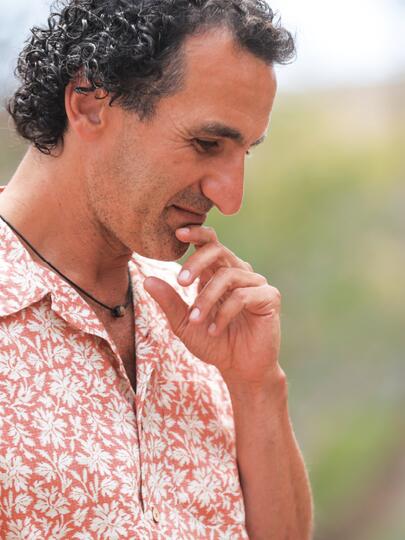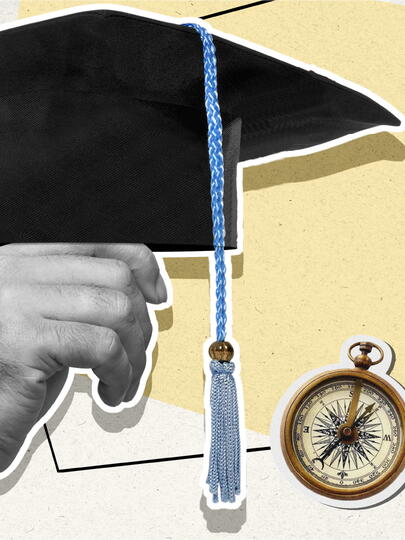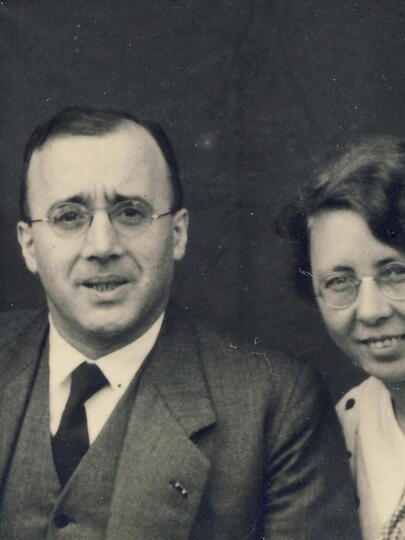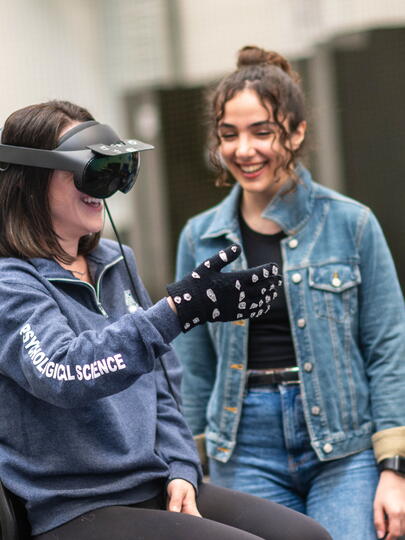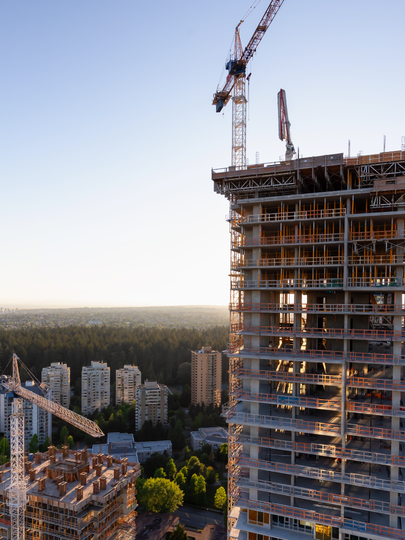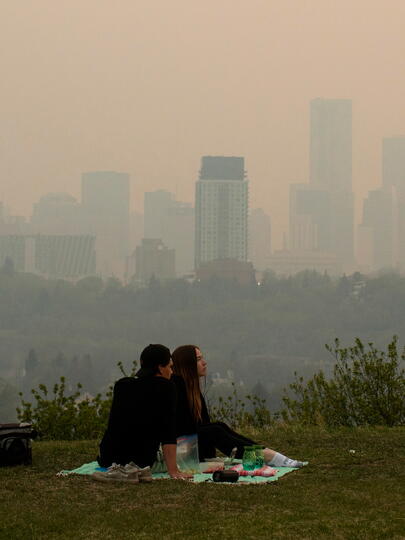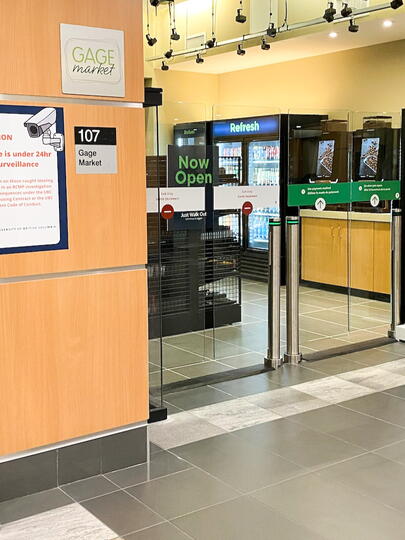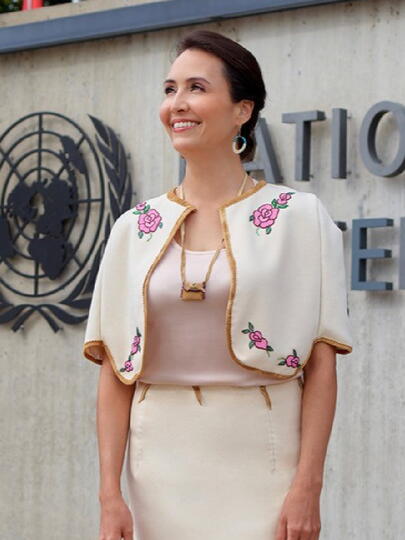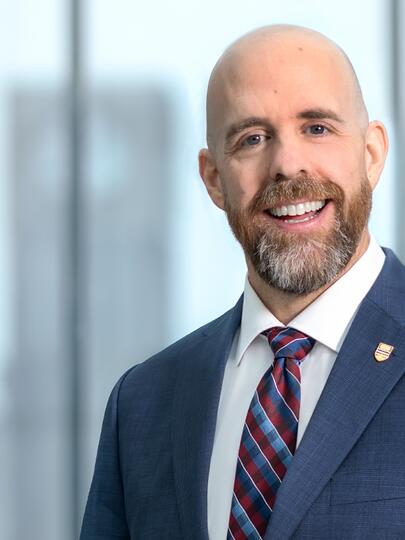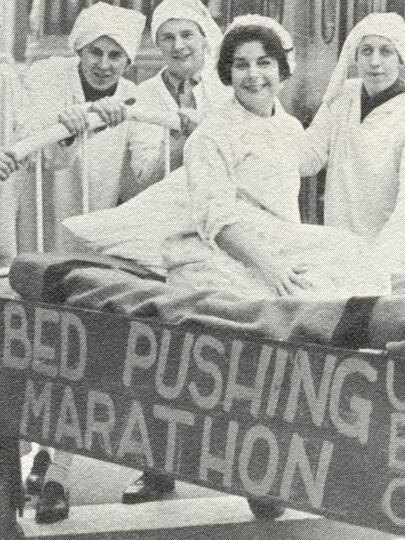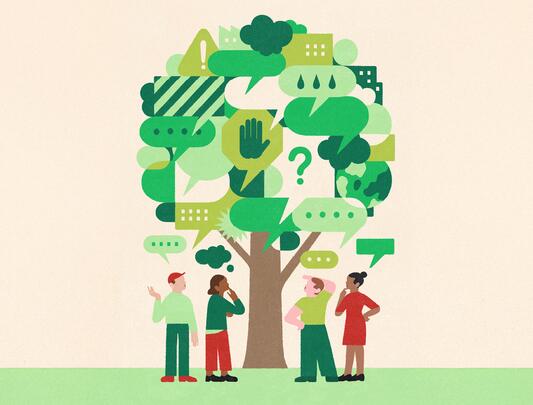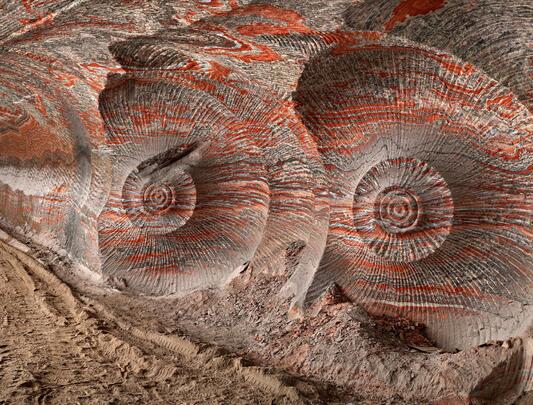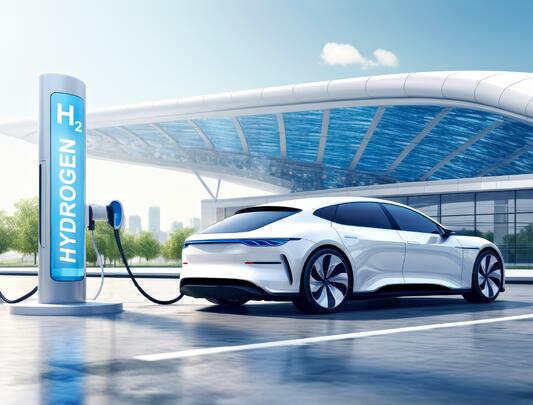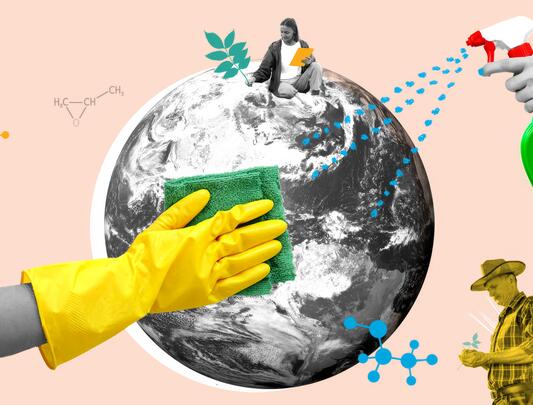
How connecting a city makes people’s daily lives better
UBC President and Vice-Chancellor Santa J. Ono
What makes a city “ideal” for each of us is subjective, but what all great cities have in common is their ability to get people interacting, according to research out of the United Kingdom.
As the researchers say, “A great city is a connected city – with a large number of opportunity-spawning, face-to-face, physical interactions between its inhabitants.” 1
Their study suggests that the greatest cities are those with excellent connectedness. They go further to say that urban centres that make significant investments in infrastructure to reduce the time it takes for people to reach others foster enriching interactions that yield massive benefits.
Systems and networks that enable connectedness are more important than ever as the world’s great cities transform into thriving regions – unique districts and boroughs merging to create more complex and interesting places to live, work, learn, play, and visit.
It is certainly true of our own region, with investments into infrastructure that have connected Metro Vancouver and expanded the housing ecosystem. These include the opening of the Expo Line, running between Vancouver and New Westminster; the Canada Line connecting Vancouver, Richmond, and YVR; and more recently, the Evergreen Line, linking the Tri-Cities with Burnaby, Vancouver, and Surrey. Each project faced many obstacles but dramatically and positively transformed the region. It’s in large part because of these forward-thinking decisions that Metro Vancouver is the world-class region it is today, beloved by many – me included.
Conversely, it's not difficult to see the negative consequences of isolating key institutions from the rest of the region – especially those, including UBC, that develop the talent required to drive the economy and have the capacity to help us tackle the greatest challenges of our time. Tens of thousands of people from all over Metro Vancouver learn, work, and conduct research at UBC every day – at the Vancouver campus, at a satellite campus, or at UBC facilities in their own community. But access is not easy, because transit service to our campuses, especially the Vancouver campus, is over capacity.
Think of the “opportunity-spawning” interactions that could result from better connecting UBC to the region’s rapid transit network. Health partnerships across Metro Vancouver could spark new UBC discoveries. Seamless links between UBC’s expertise and industries could fuel innovation and job growth. More students could access on-the-job training around the region. And people throughout the region could benefit from easy access to our campus.
An extension of the SkyTrain to Arbutus Street is a good start, and it is now under construction. Significant progress has already been made in the planning for its further extension to UBC, and, if the momentum continues, the project could be completed by 2030. By that time, I hope we will be looking back at the decision to connect UBC to the rest of Metro Vancouver as one that made a great region even better.
1. Sim, Barahona, Stumpf (August 2015) “Great cities look small.: Journal of the Royal Society Interface.
